Are you a jazz enthusiast looking to explore new sounds and discover the latest trends in the world of music? If so, then you’re in the right place! Jazz fusion, a genre that seamlessly blends jazz with other musical styles, has come a long way since its inception. It’s a dynamic and evolving art form that continues to captivate audiences worldwide. Whether you’re a seasoned jazz lover or new to the scene, this article is here to take you on a journey through the vibrant world of modern jazz fusion. From iconic bands that defined the genre to rising stars shaping its future, we’ll cover it all. So, let’s dive in and uncover the top modern jazz fusion bands that are making waves today!
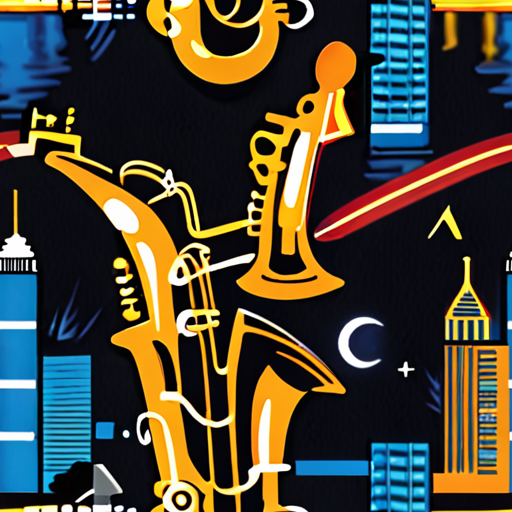
Artist Known for Fusion Jazz
Miles Davis is widely recognized as one of the pioneers of fusion jazz, blending traditional jazz elements with rock, funk, and modal improvisation in his later career.
John McLaughlin, known for his work with the Mahavishnu Orchestra, is another prominent figure in the fusion jazz movement, combining jazz with rock and classical influences.
Herbie Hancock also emerged as a key player in fusion jazz, particularly through his collaborations with Miles Davis and his own groundbreaking album Head Hunters .
Who Dominated Jazz Fusion?
Jazz fusion, a genre that blends jazz with elements from rock, funk, and even classical music, has been shaped by several visionary musicians. Among the most influential figures in shaping this genre are:
Miles Davis
Miles Davis redefined jazz fusion in the late 1960s and early 1970s with albums like A Tribute to Jack Johnsonand Bitches Brew. These recordings introduced electric instruments and rock-inspired rhythms, creating a groundbreaking template for fusion.
John McLaughlin
As a guitarist and bandleader, John McLaughlin co-founded the Mahavishnu Orchestra, whose album Inner Mountingremains a cornerstone of fusion. His innovative approach fused jazz with classical and rock elements, pushing the boundaries of the genre.
Herbie Hancock
Herbie Hancock’s Maiden Voyageis often hailed as a pivotal moment in fusion. His compositions explored intricate harmonies and rhythmic complexity, solidifying his status as a dominant figure in the genre.
Chick Corea
Chick Corea’s work with Return to Forever, particularly Light as a Feather, showcased his mastery of integrating diverse musical styles into a cohesive fusion sound. His ability to blend jazz with Latin and classical influences made him a key contributor.
Weather Report
This influential band, featuring saxophonist Wayne Shorter, combined jazz with rock, funk, and world music elements. Their albums like Weather Reportand Celebrationexemplify their dominance in the fusion movement.Each of these artists and groups contributed uniquely to the evolution of jazz fusion, creating a rich tapestry of innovation and creativity that continues to inspire musicians today. Explore their iconic works through Miles Davis, John McLaughlin, Herbie Hancock, Chick Corea, and Weather Reporton TigerFunk.com.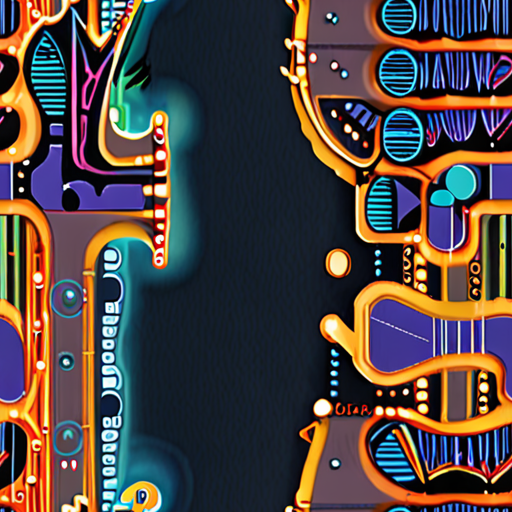
Who is the godfather of jazz fusion?
Larry Coryell is widely regarded as the godfather of jazz fusion.
Early Life and Career
Larry Coryell began his journey in music during the late 1960s, emerging as a prominent figure in the jazz scene. His early influences were rooted in traditional jazz, but his innovative spirit led him to explore new territories.
Key Contributions
Coryell’s most significant contribution came through his work with Coryell’s Elektric Band . This group was instrumental in fusing jazz with rock elements, creating a groundbreaking sound that inspired countless musicians in the genre.
Notable Works
Some of Coryell’s most celebrated albums include Space and Spectrum . These recordings showcase his ability to blend improvisation with orchestral arrangements, setting new standards for jazz fusion.
Legacy
Throughout his 50-year career, Coryell collaborated with jazz icons such as Miles Davis, Chet Baker, and Charles Mingus, further solidifying his status as a legendary figure in the genre.
Impact on Jazz Fusion
Larry Coryell’s innovative approach to combining jazz with other musical styles opened doors for future generations of musicians. His work continues to influence artists in both jazz and rock circles.
Conclusion
Larry Coryell’s contributions to jazz fusion have left an indelible mark on the genre, making him a true pioneer and a respected figure among musicians and fans alike.

What is Jazz Fusion Music?
Jazz fusion is a musical genre that combines elements of jazz with those of rock, funk, R&B, hip-hop, and electronic music. It emerged in the late 1960s and early 1970s, pushing boundaries in instrumentation and style.
- Definition: Jazz fusion takes traditional jazz elements and integrates them with influences from various genres, creating a unique sound that bridges gaps between styles.
- Characteristics: Features include complex rhythms, extended instrumental solos, and a blend of harmonic structures from both jazz and its fused genres.
- Historical Context: It gained prominence during a time of musical experimentation, influenced by artists like Miles Davis, John McLaughlin, and Herbie Hancock.
Notable Artists in Jazz Fusion
Some of the most influential artists in jazz fusion include:
- Miles Davis – Known for albums like A Tribute to Jack Johnson and On the Corner
- John McLaughlin – Founder of the Mahavishnu Orchestra, known for progressive rock-infused jazz
- Herbie Hancock – Pioneered fusion with groundbreaking albums like Head Hunters
- Weather Report – A prominent band blending jazz, rock, and world music
- Return to Forever – Known for fusing jazz with Latin and electronic elements
Competing Platforms
For more information on jazz fusion and related genres, visit these trusted sources:
- AllMusic – Detailed guides on jazz fusion artists and albums
- Bandcamp – Discover independent jazz fusion releases
- Discogs – Comprehensive discography of jazz fusion records
Who Was the First Jazz Fusion Band?
The first jazz fusion bands emerged in the late 1960s, blending jazz with rock influences. While there isn’t a single widely recognized band that can be termed the “first,” several groups laid the groundwork for this genre. One of the earliest efforts was by The Free Spirits, formed in 1967, who are often credited with recording one of the first jazz-rock albums, Blues Moods. Another notable group was The Fourth Way, established in 1968, known for their innovative approach to merging jazz with rock.These bands, along with others like Return to Foreverand Mahavishnu Orchestra, marked the beginning of the jazz fusion movement. The term “First Fusion” has been used to describe this initial phase, emphasizing the experimental and exploratory nature of the music during this time.By the early 1970s, jazz fusion had gained momentum, influenced by artists willing to push boundaries between genres. This period set the stage for the development of fusion as a distinct musical style, impacting artists across various domains of music.
What is the hardest jazz instrument?
The hardest jazz instrument is widely debated among musicians and enthusiasts, but two primary candidates stand out: the trumpet and the violin.
Trumpet: Known for its high register and rapid-fire improvisation, the trumpet demands exceptional technique, particularly in managing valve positions, fingerings, and maintaining consistent embouchure. Players like Louis Armstrong and Miles Davis have famously struggled with its challenges, making it a notoriously difficult instrument to master.
Violin: While less commonly associated with jazz, the violin’s technical demands are immense. In styles like gypsy jazz, the violin requires lightning-fast bowing, intricate harmonies, and a deep understanding of rhythm. Artists such as Stephane Grappelli demonstrated remarkable skill, but mastering the violin’s left-hand fingerings and bow control is no easy feat.
Both instruments present unique challenges, making them among the most difficult to play in jazz. The choice between them may come down to personal preference and musical background.
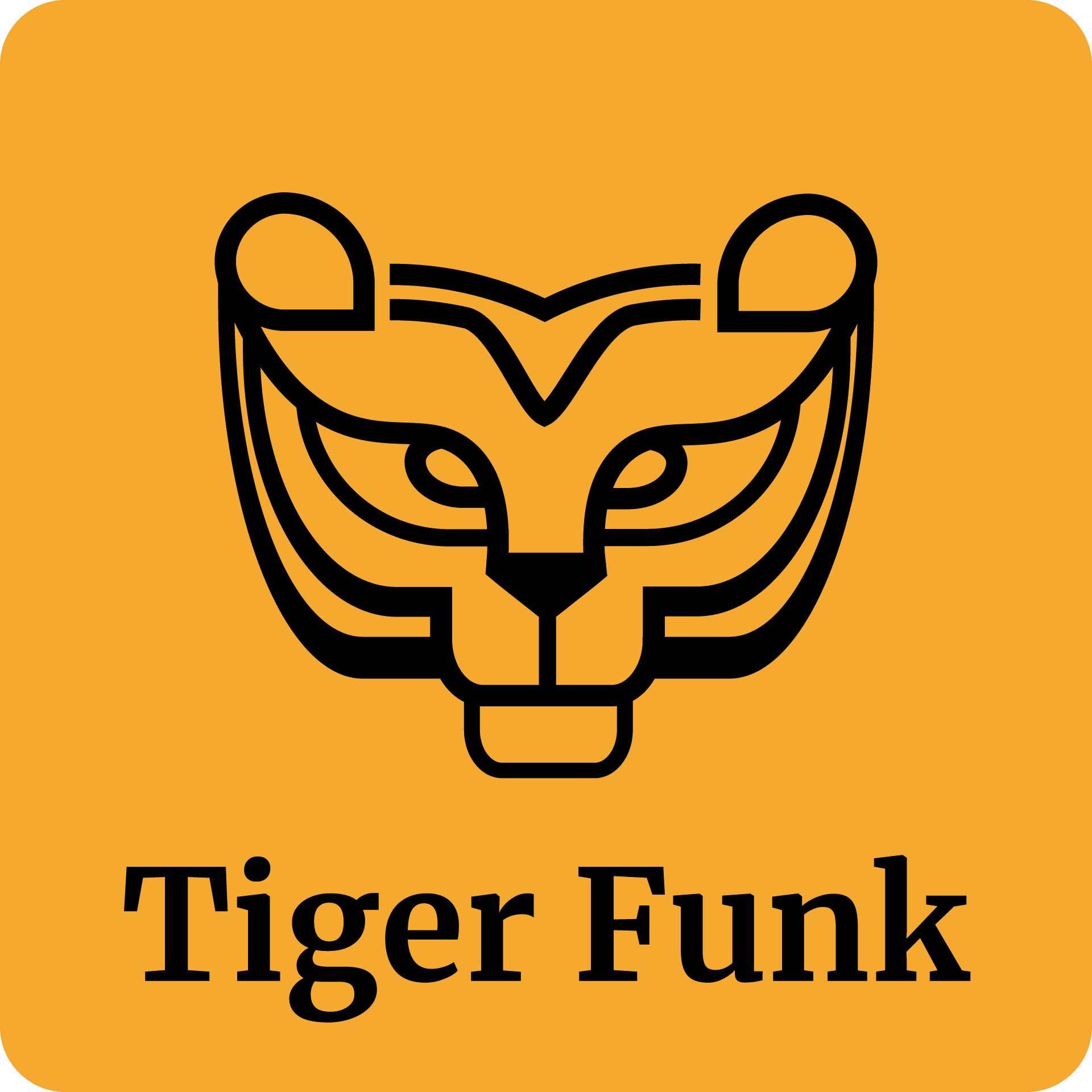
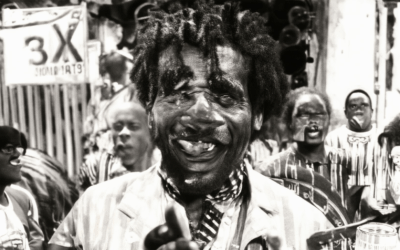
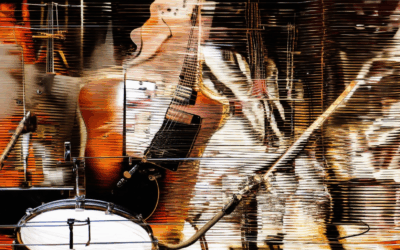
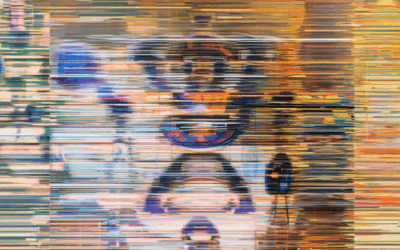
0 Comments